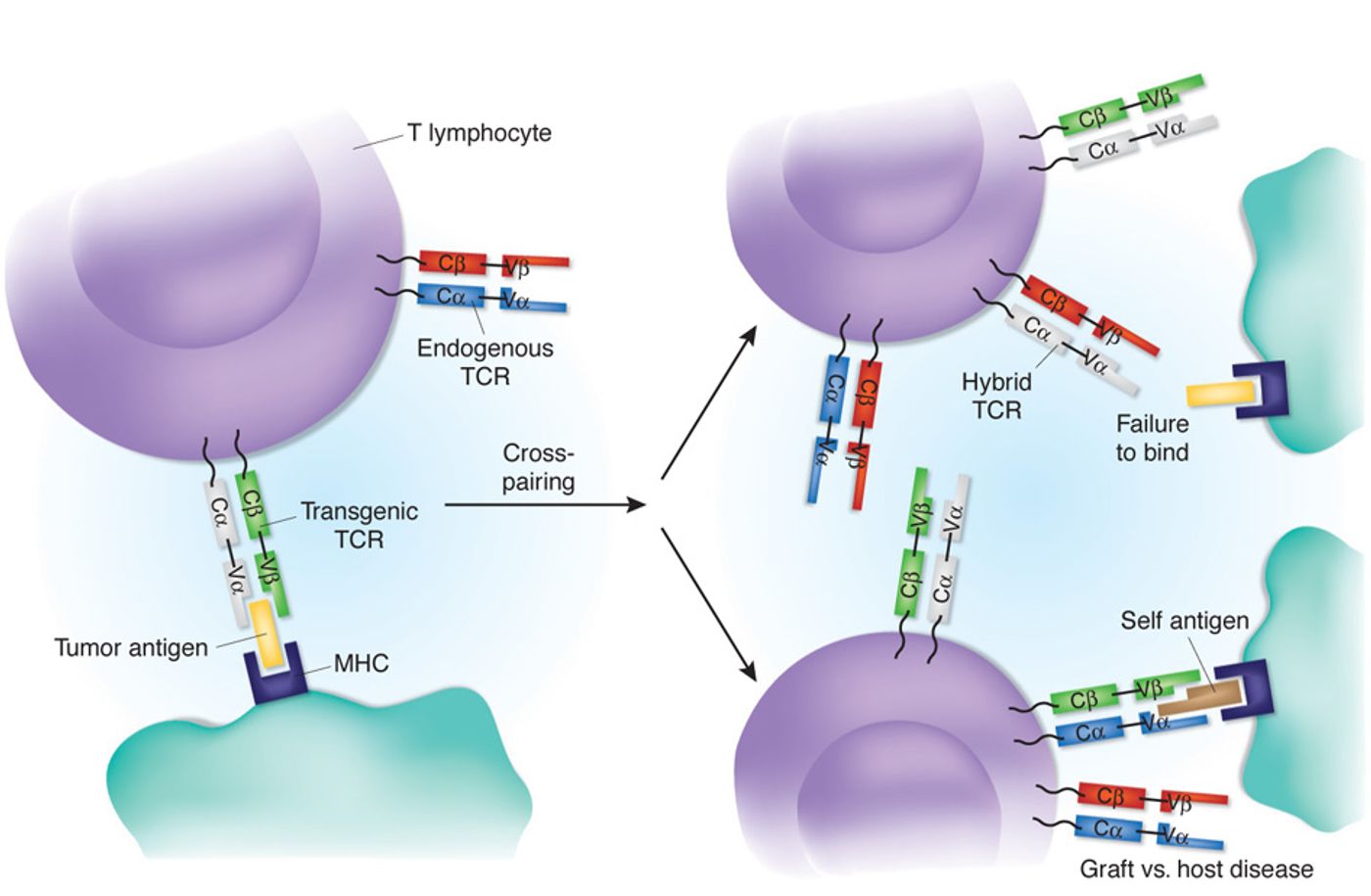The human immune system works around the clock to fight pathogens and protect the body from disease. T cells play an essential role in providing protection, binding to a series of receptors that are individually responsible for recognizing different types of foreign cells. It’s no secret that older people are more vulnerable to infection, and a new study published in the journal
Science Translational Medicine provides evidence for the role in T cell receptor affinity in this life change.
Scientists believe that as people grow older, their T cell receptors don’t recognize and bind antigens on pathogens like they do when they’re younger. As T cells age, their affinity for recognizing pathogens becomes decreasingly effective, as they “forget” pathogens they once knew very well. A brand new technique called iTAST (in situ T cell receptor affinity and sequence test) was implemented for the first time in this study, and the findings confirm that T cell receptor affinity weakens over time.
iTAST is a three-step process of T cell receptor analysis: isolate, measure affinity, and sequence genes. The system that the researchers from the University of Texas at Austin Cockrell School of Engineering is incredibly efficient, completing the process in a day’s time. Other methods are more labor-intensive and can take up to a year to finish.
“T cell affinity is a parameter that can gauge how healthy your immune system is toward a specific antigen,” said study leader Jenny Jiang, PhD.
The patent-pending iTAST technology is the very first system that can both identify and retrieve someone’s high-affinity T cells and their related receptor sequences, potentially for transplanting into someone with lower-affinity T cell receptors. This technology has endless applications including immunotherapy for cancer, vaccines for incurable viral infections, and other reaches in personal medicine.
The Texas study used donor T cells to test their receptors’ infinity for a specific type of antigen – those found on the surface of hepatitis C virus (HCV). HCV infections exist in both acute and chronic forms, but most cases of acute HCV infection eventually turn in to a chronic infection. In 2014, the Centers for Disease Control and Prevention (CDC) estimated over 30,000 cases of acute HCV infections in the United States.
The CDC also estimates that about 15-25 percent of people with an acute HCV infection will naturally expel the virus from their body, but for the remaining 75 to 85 percent, there is no preventative vaccine or cure.
The study results showed, as expected, a difference in HCV affinity by T cell receptors between older and younger donors, meaning that older people are generally less effective at fighting HCV infections.
While T cells are not by any means the only population of immune cells in the body fighting disease, this study shows that the current scientific understanding of immune ages is far from completely understood. In addition to fighting HCV infections, high-affinity T cell receptors are most suitable for targeting cancer, diabetes, and other infectious diseases. If scientists can further develop ways to adopt the receptors with the highest affinity, personalized medicine for vulnerable patients could make a serious impact in mortality rates and quality of life.
Sources:
University of Texas at Austin,
CDC









